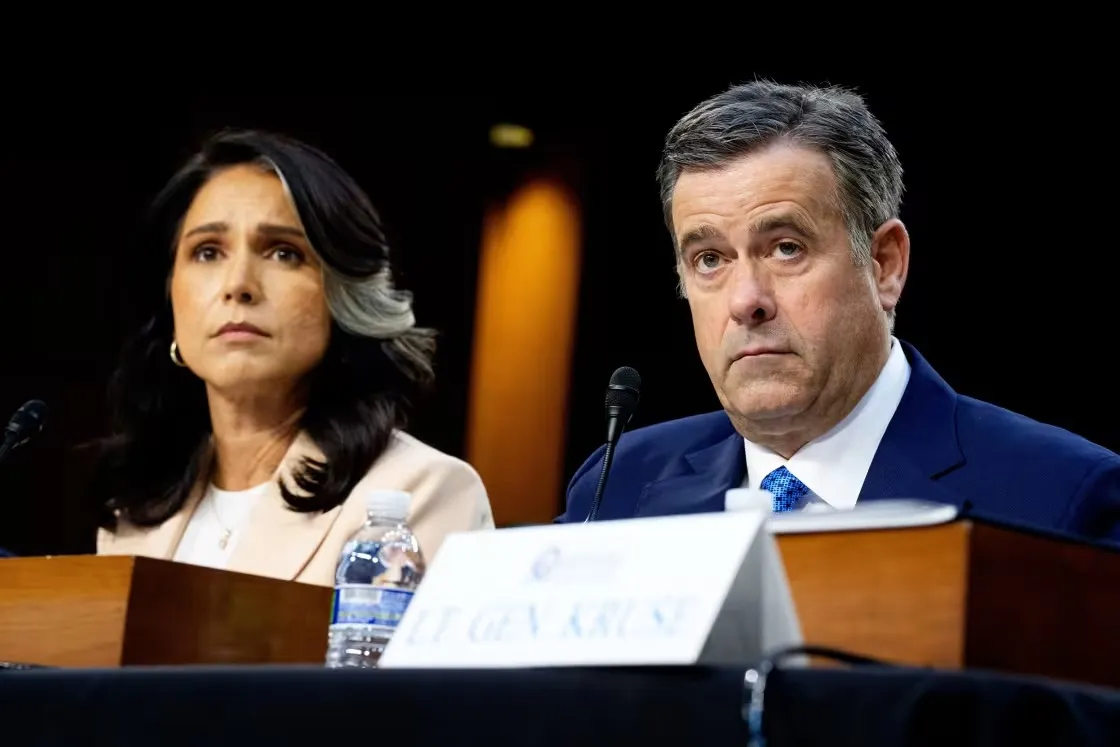On March 27, 2025, a bombshell report revealed that detailed U.S. airstrike plans were inadvertently shared with a journalist, igniting a firestorm of controversy. Former national security officials and Democratic lawmakers have slammed the Trump administration’s claim that the leaked information—published in full by The Atlantic—was not classified. Citing guidelines from the Office of the Director of National Intelligence (ODNI), experts argue that such sensitive military plans are undeniably top-secret, raising questions about accountability and national security risks. Here’s what you need to know about this unfolding scandal.
The Leak: A Shocking Revelation
The leaked information stems from a Signal text exchange among top Trump administration officials, including Defense Secretary Pete Hegseth and National Security Advisor Mike Waltz. According to The Atlantic, Hegseth shared precise timelines for airstrikes in Yemen, detailing fighter jet and drone launches, bomb drop schedules, and the targeting of a “terrorist leader.” One message read, “1215et: F-18s LAUNCH (first strike package),” followed by, “(THIS IS WHEN FIRST BOMBS DEFINITELY DROP).” The discussion also referenced a Houthi leader’s location and a strike that collapsed a building.
The leak occurred when journalist Jeffrey Goldberg was accidentally added to the chat. Despite the administration’s downplaying of the incident as a harmless error, the exposed details have alarmed experts.
Classified or Not? Experts Weigh In
A 2014 ODNI directive states that “information providing indication or warning that the United States or its allies are preparing an attack” must be classified as top-secret. Four former national security and intelligence officials told NBC News that the specifics of an impending military operation—including timing and weaponry—are inherently classified. Former CIA Director and Defense Secretary Leon Panetta emphasized on MSNBC, “There’s no question we’re dealing with classified information.” He warned that leaks of this nature could endanger lives and compromise national security by tipping off adversaries.
The Pentagon’s classification handbook further defines such military plans as “secret,” noting that unauthorized disclosure could cause “serious damage” to operations and personnel. Critics argue that sharing airstrike timelines risks alerting groups like the Houthis, who possess advanced air defenses capable of downing U.S. drones like the MQ-9 Reaper.
Trump Administration’s Defense
The administration has scrambled to minimize the fallout. Press Secretary Karoline Leavitt described the Signal chat as a “sensitive policy discussion” rather than a breach of classified material, insisting no firings would occur. Director of National Intelligence Tulsi Gabbard testified before the House Intelligence Committee, claiming the leak omitted critical details like intelligence sources, specific locations, or troop identities. President Trump, meanwhile, stands by his national security team, framing the incident as an overblown mistake.
Pushback from Democrats and Veterans
Democratic lawmakers and military veterans have fiercely contested the administration’s stance. Rep. Jason Crow (D-Colo.), a former combat veteran, argued that revealing strike timings and aircraft types could jeopardize U.S. forces and reduce mission effectiveness if intercepted by adversaries like Iran or the Houthis. “This is a failure of leadership,” Crow declared, calling for Hegseth’s immediate resignation. He highlighted the Houthis’ proven ability to target U.S. assets, underscoring the real-world stakes of such leaks.
National Security Implications
The exposure of operational details poses tangible risks. Beyond endangering pilots and crews, it could allow enemies to reposition or fortify defenses. Panetta noted that the Defense Department historically guards such plans tightly to prevent precisely these outcomes. The incident also raises broader concerns about the administration’s handling of sensitive communications, especially on a commercial app like Signal rather than secure channels.
What’s Next?
As the controversy unfolds, pressure mounts for accountability. Democrats demand investigations, while the administration doubles down on its narrative. The leaked Yemen airstrike plans—whether a deliberate breach or a careless blunder—have thrust national security protocols into the spotlight. With adversaries potentially watching, the stakes couldn’t be higher.
Conclusion
The leaked U.S. airstrike plans have exposed a rift between the Trump administration and its critics, with experts asserting that such details are unequivocally classified. As former officials sound the alarm and lawmakers call for resignations, this scandal underscores the delicate balance between transparency and secrecy in wartime. Stay tuned as this story develops, with ramifications that could reshape trust in U.S. leadership and security practices.





